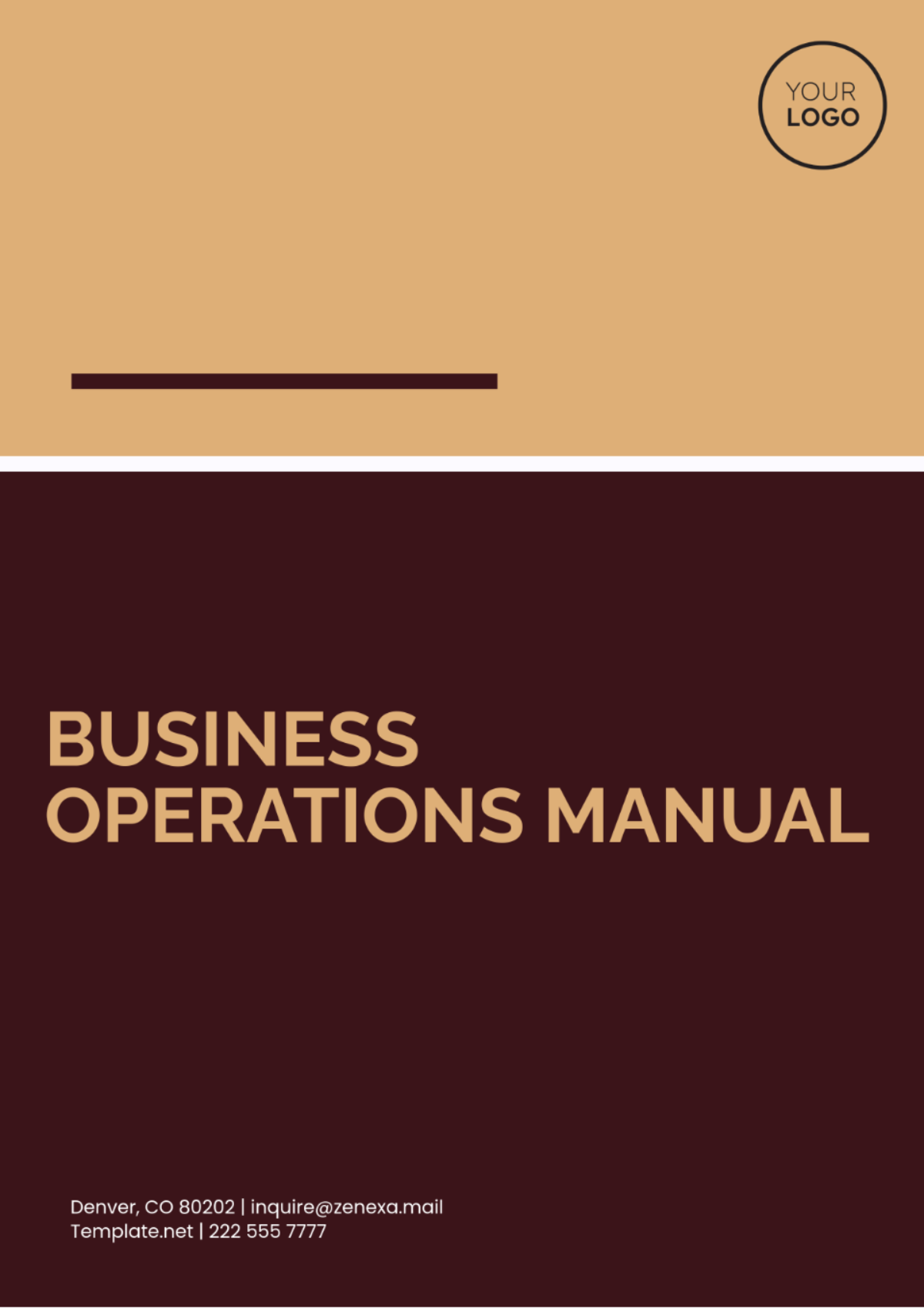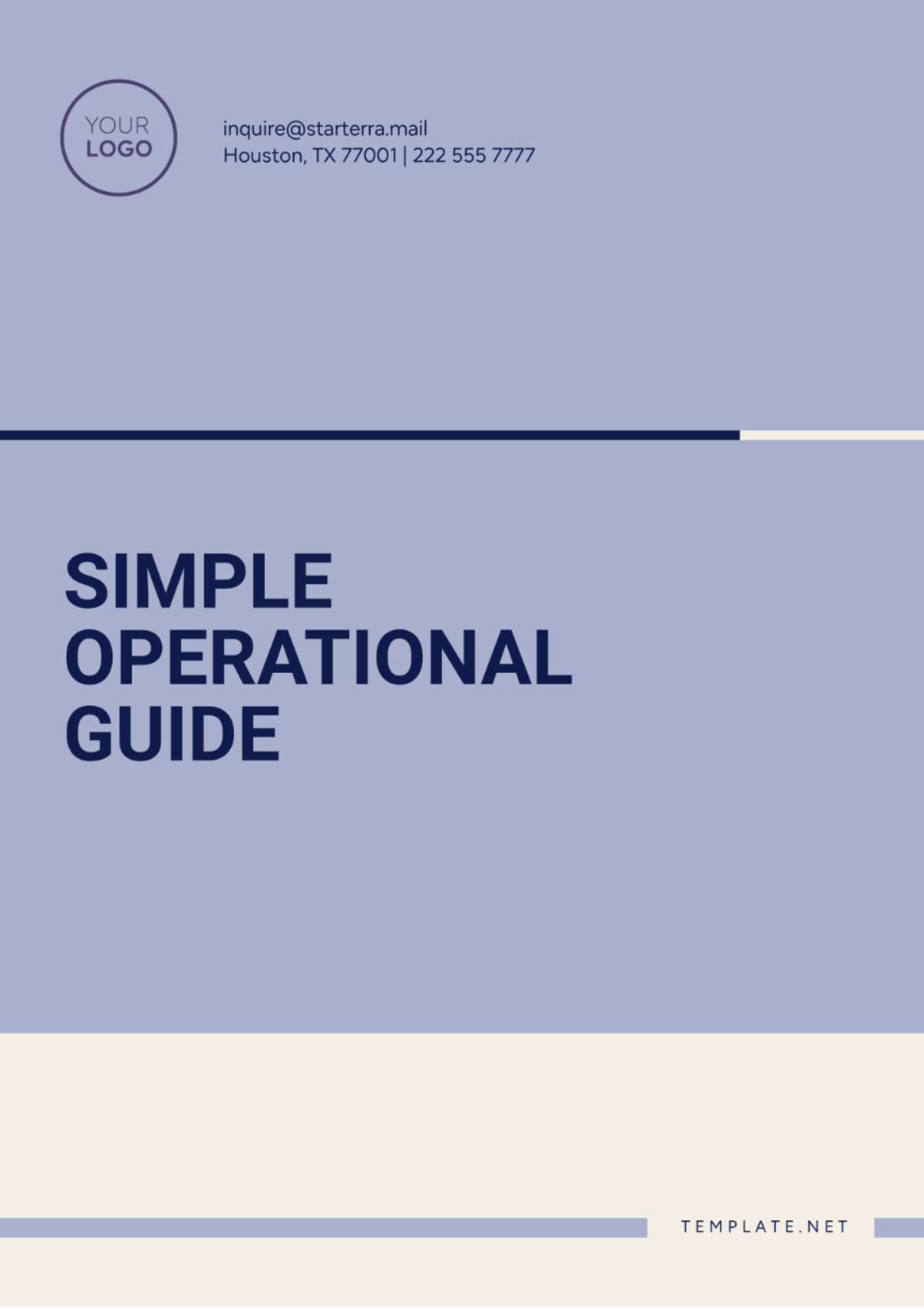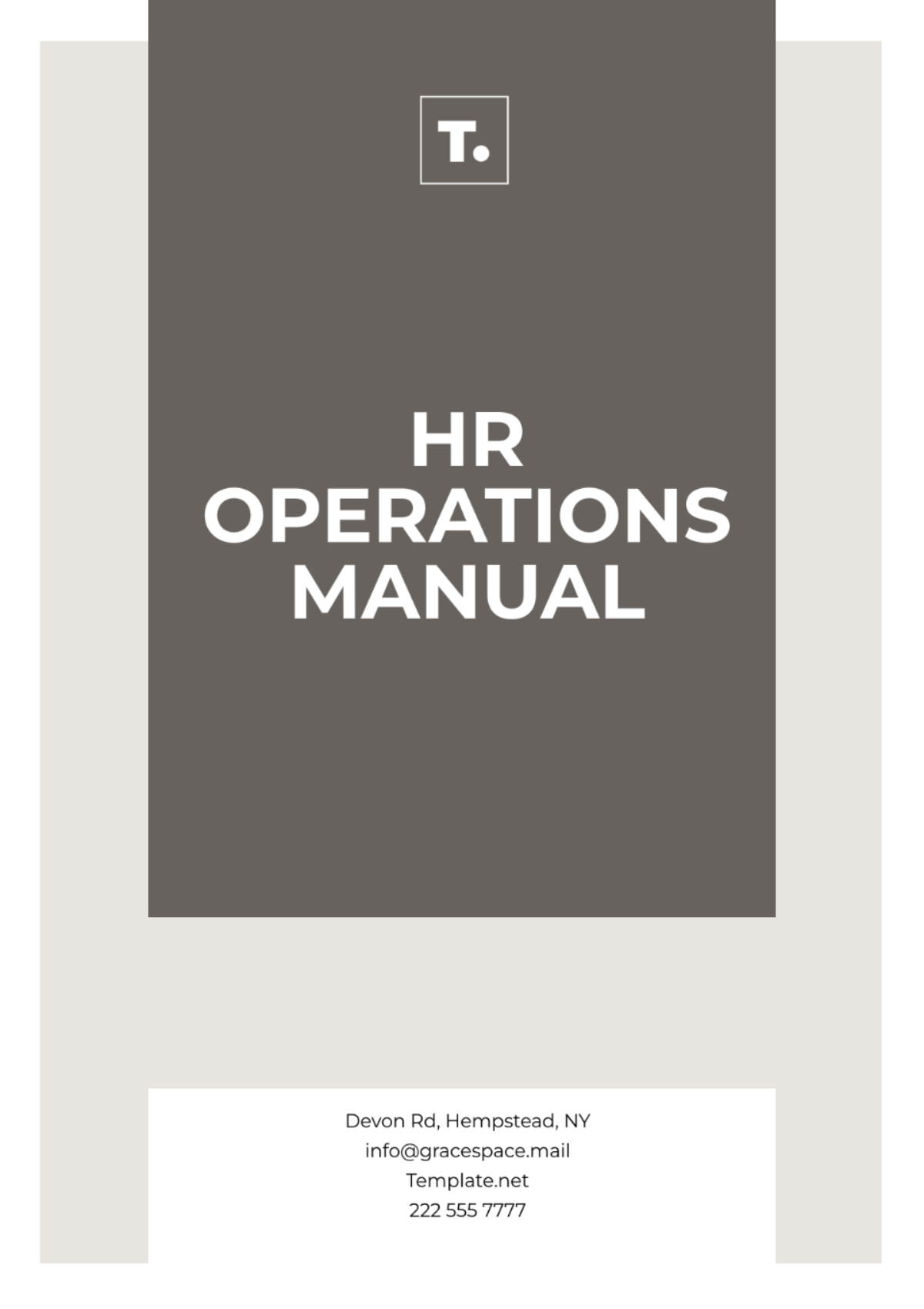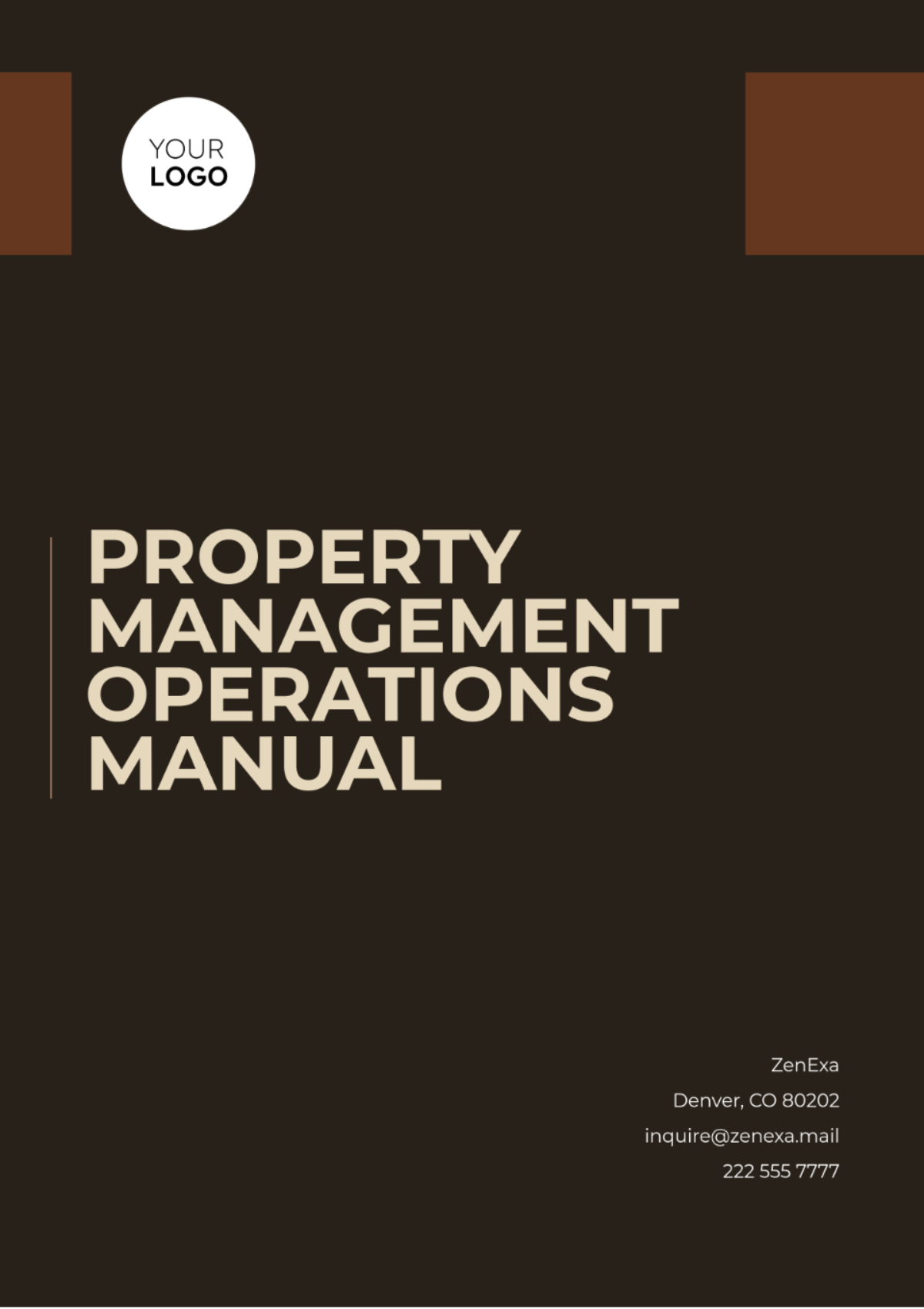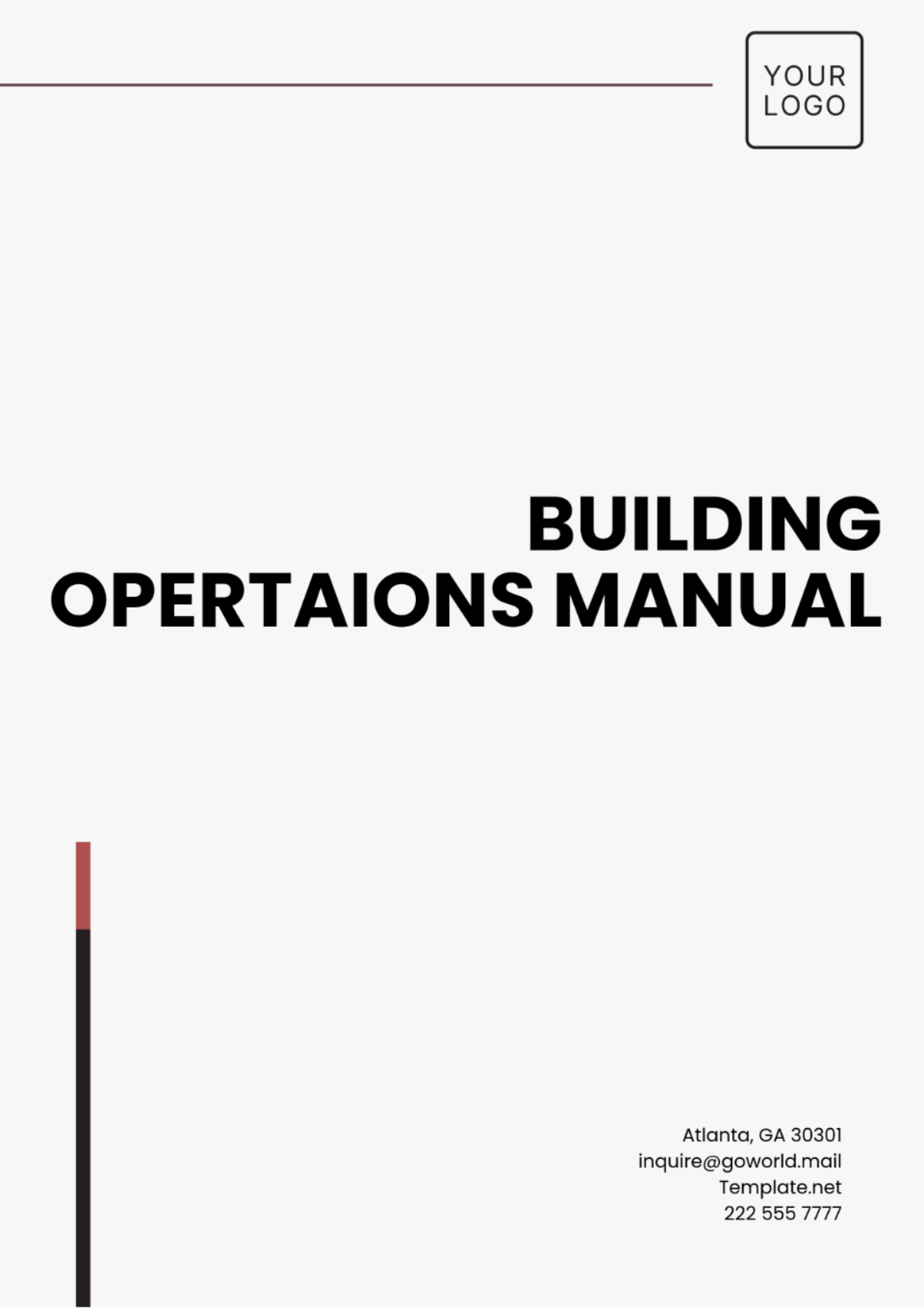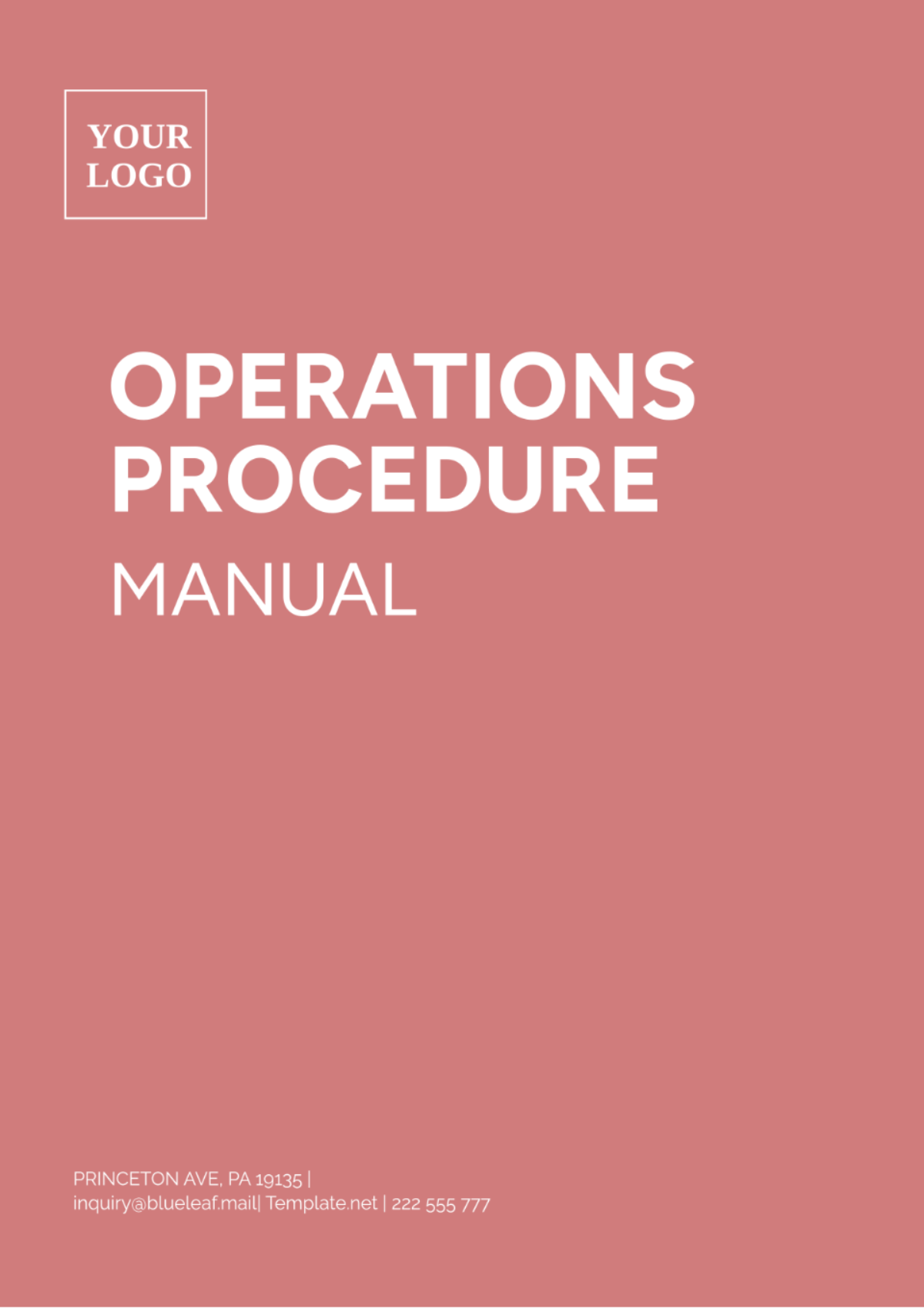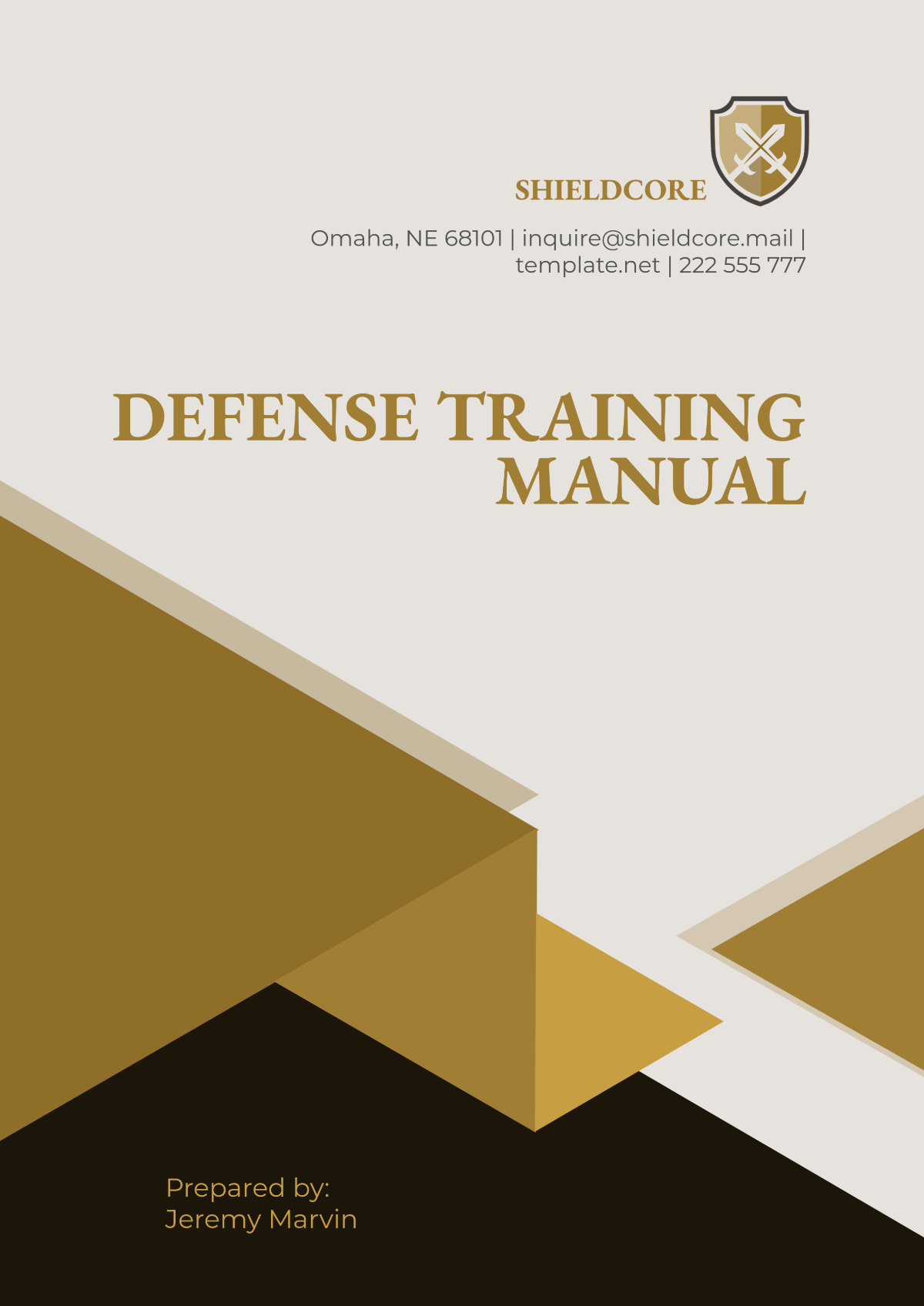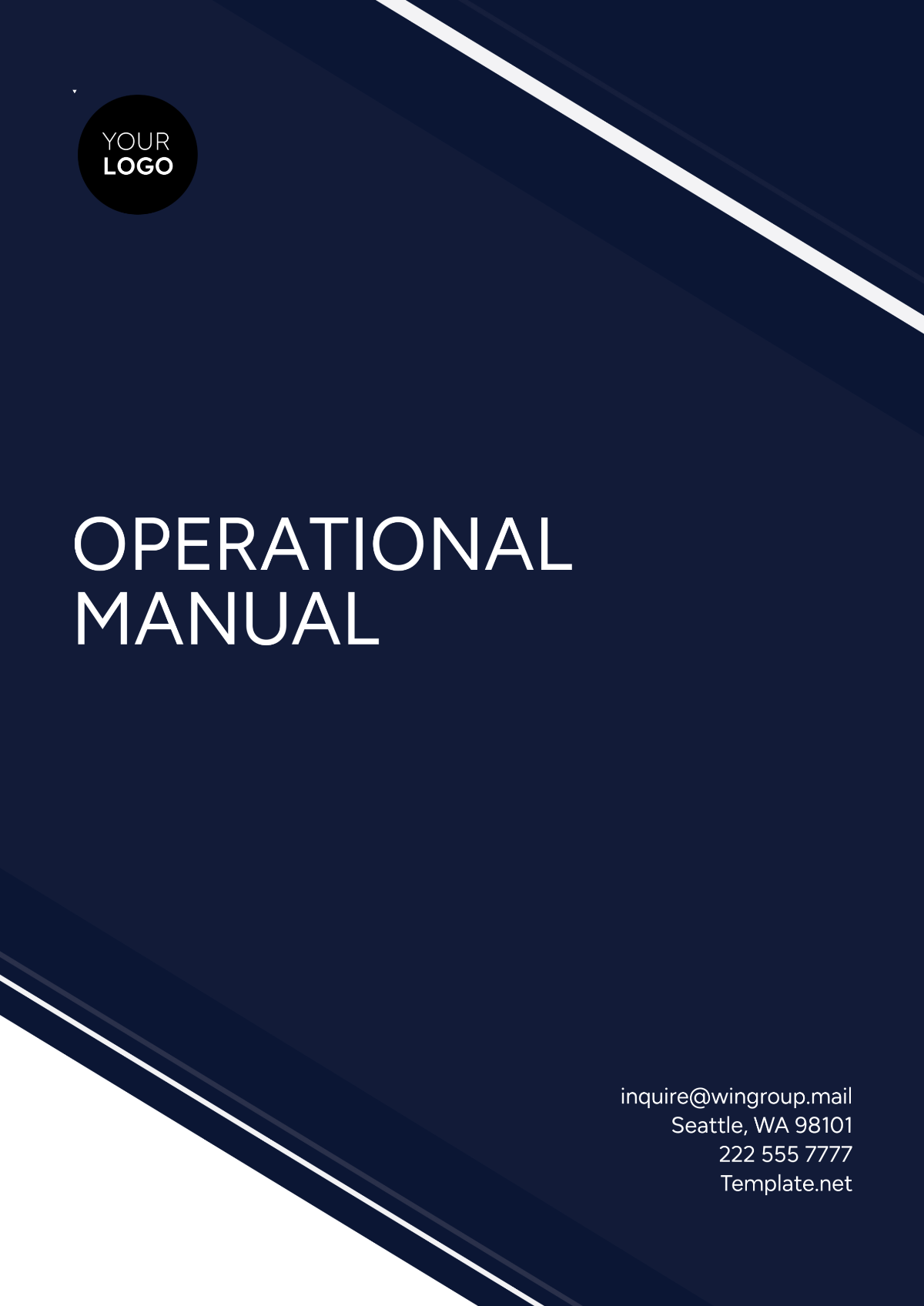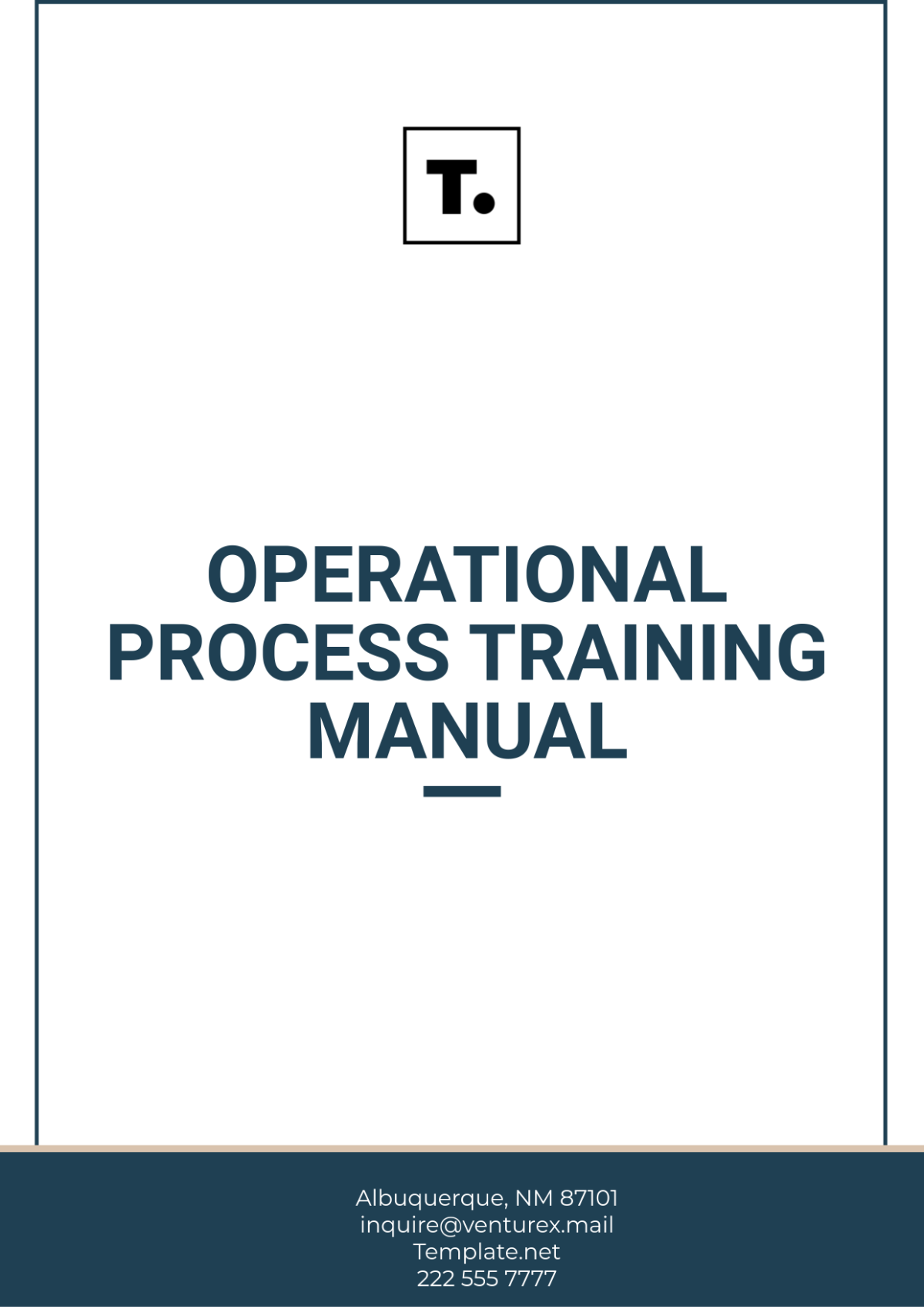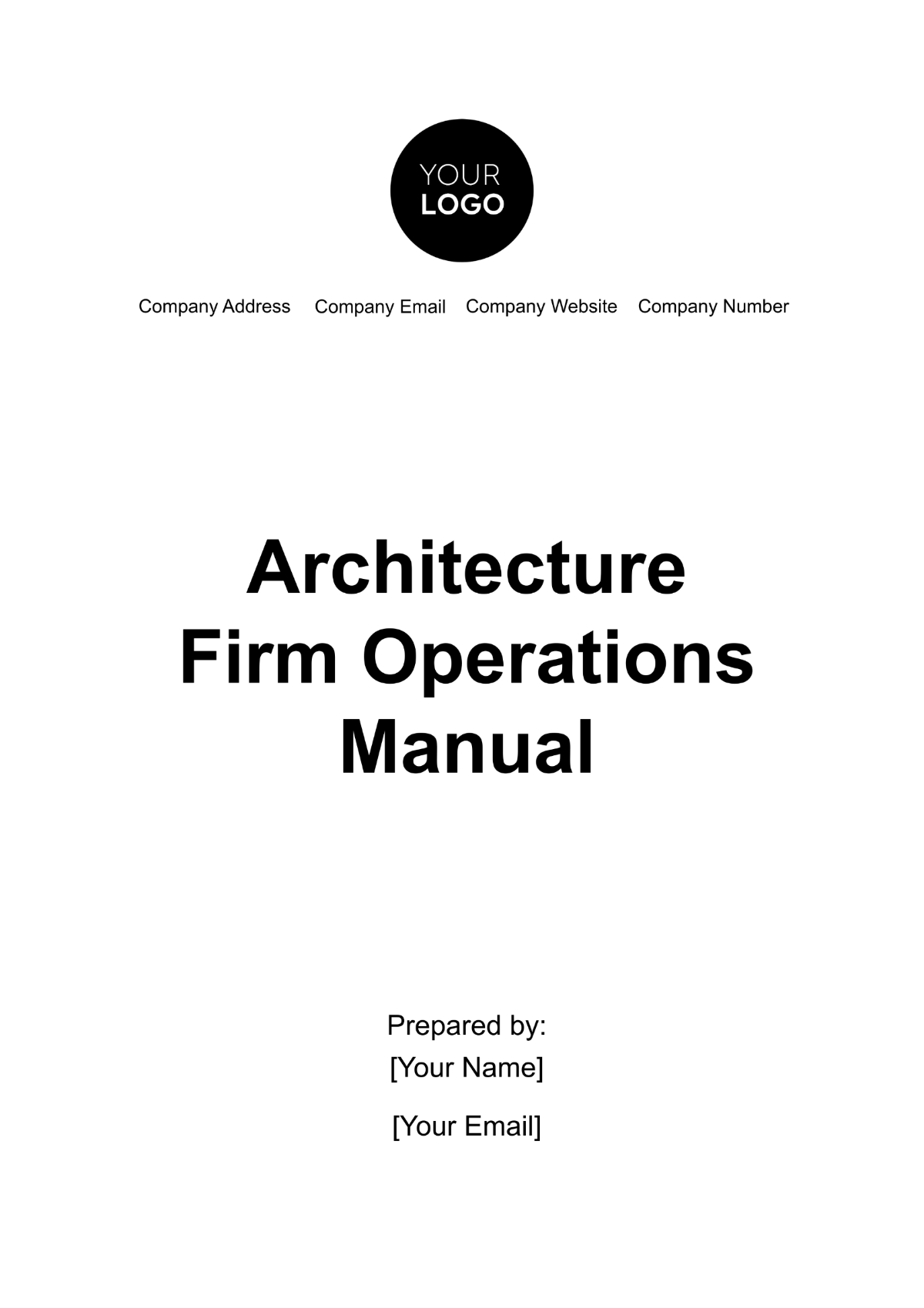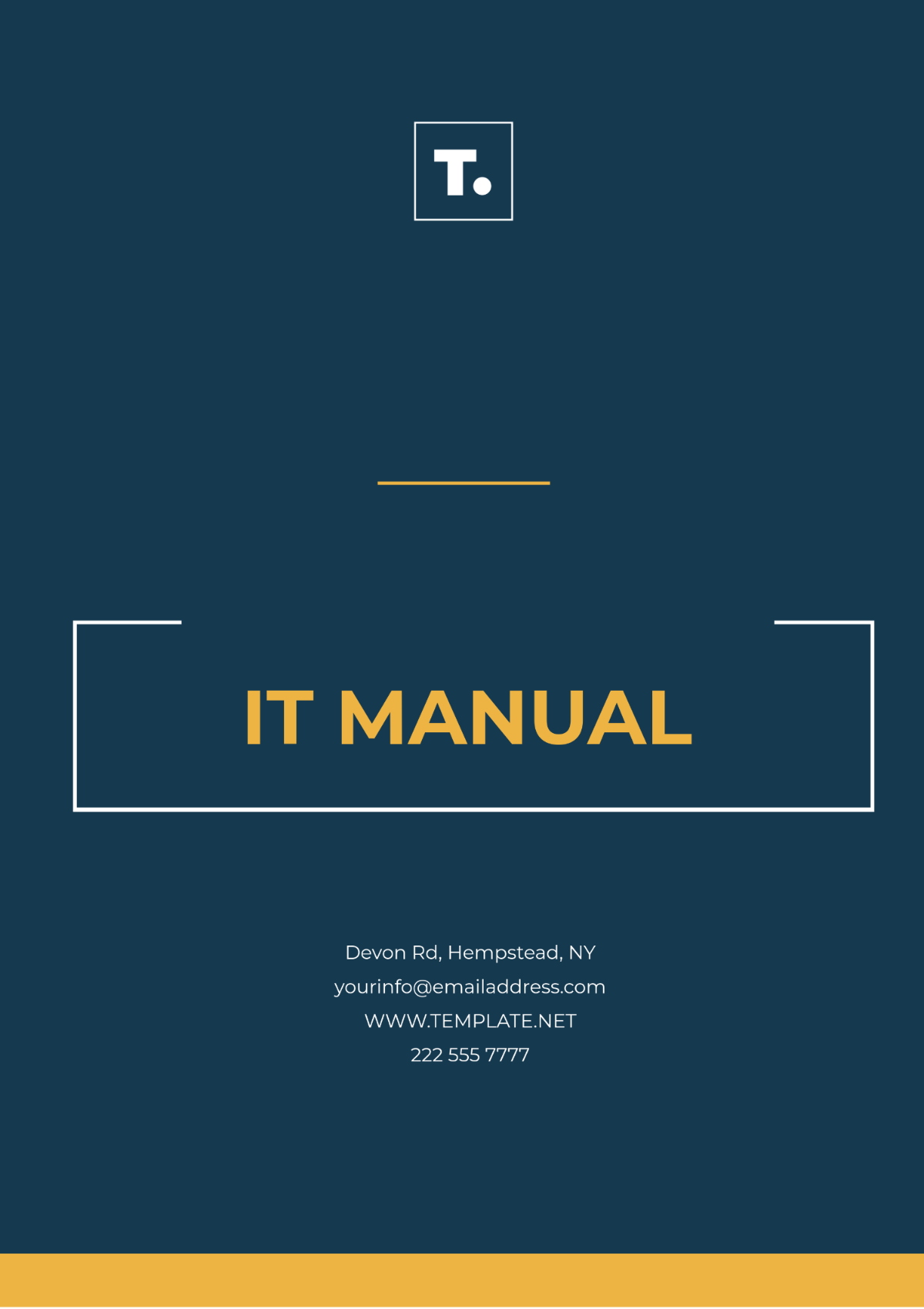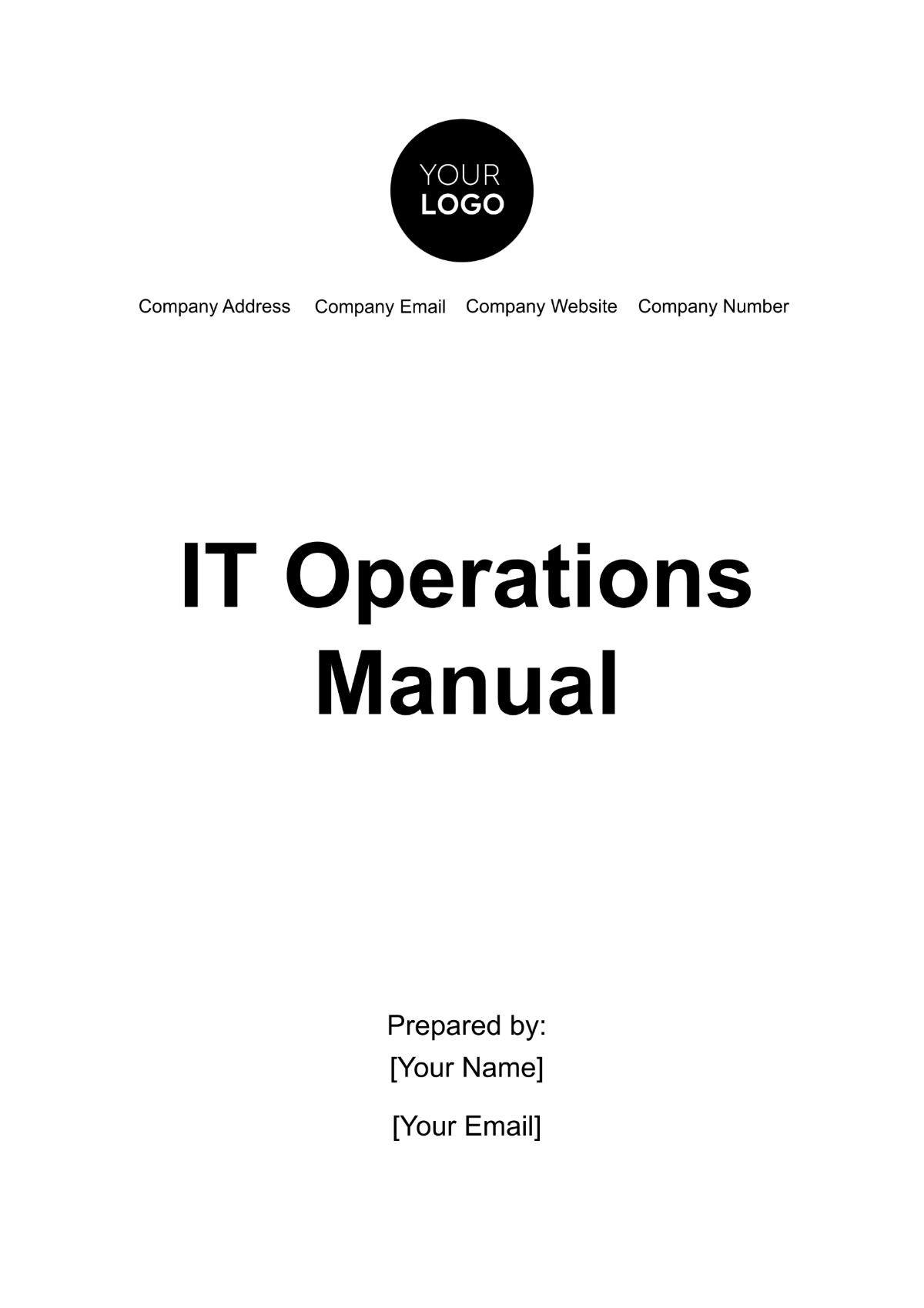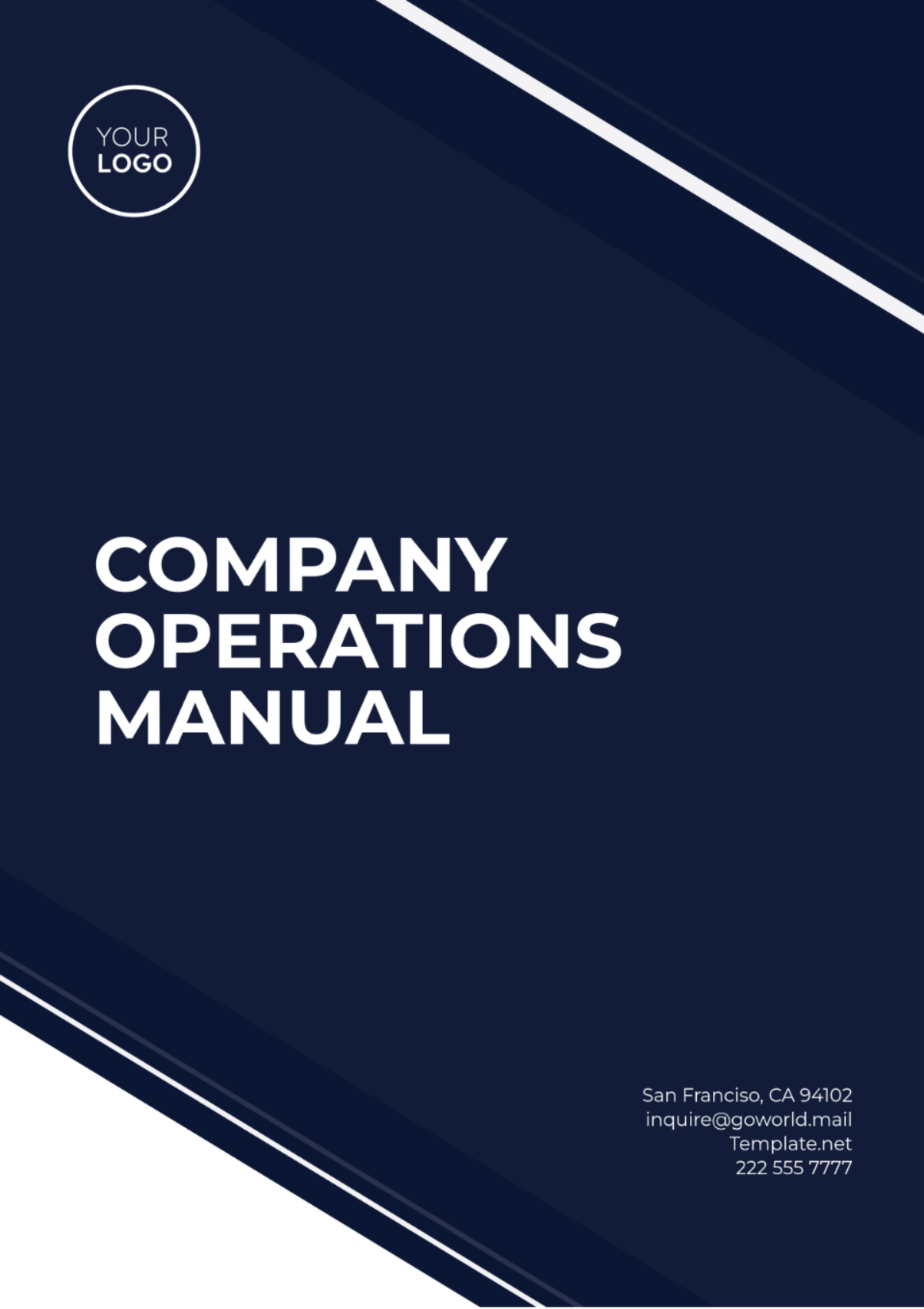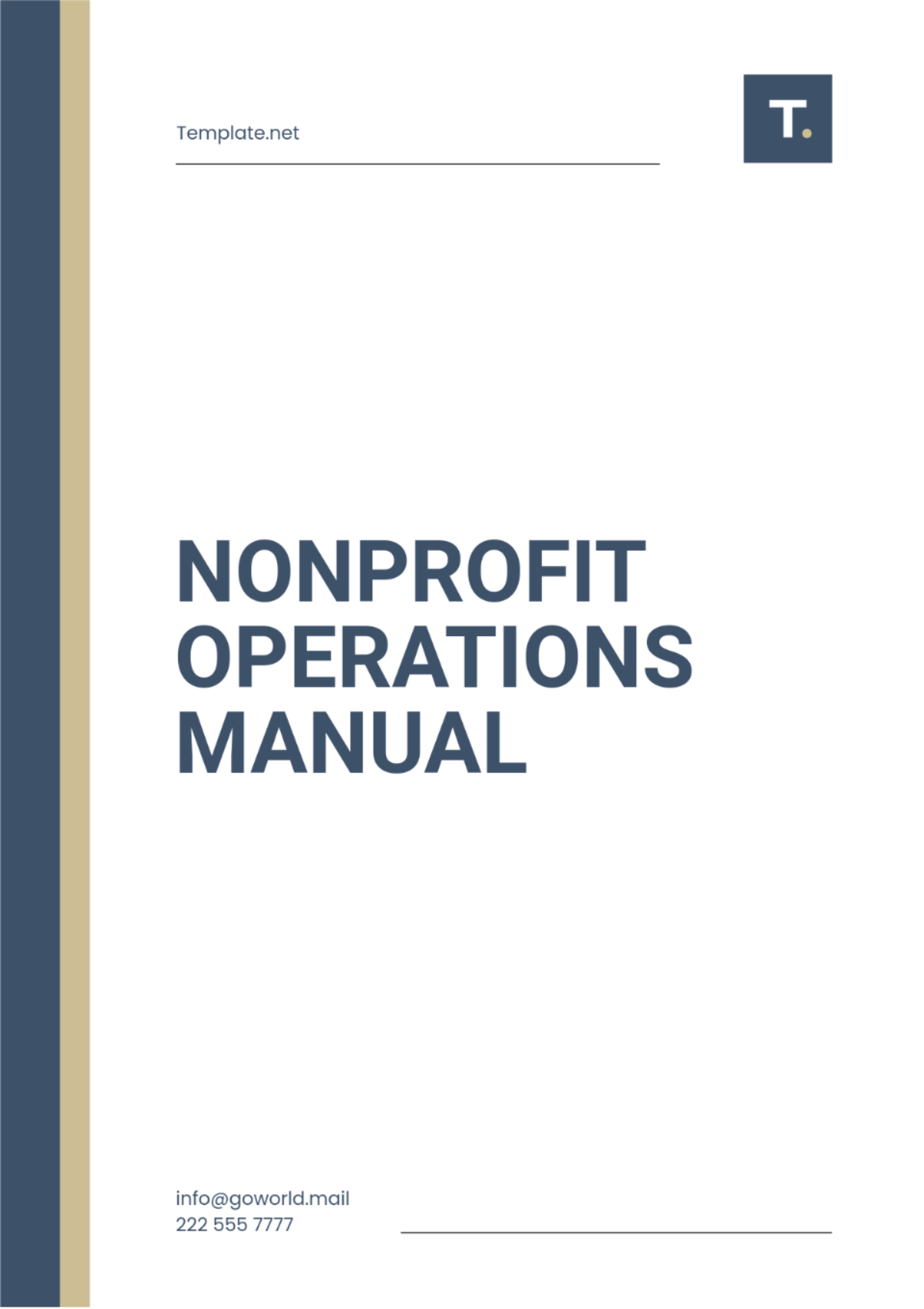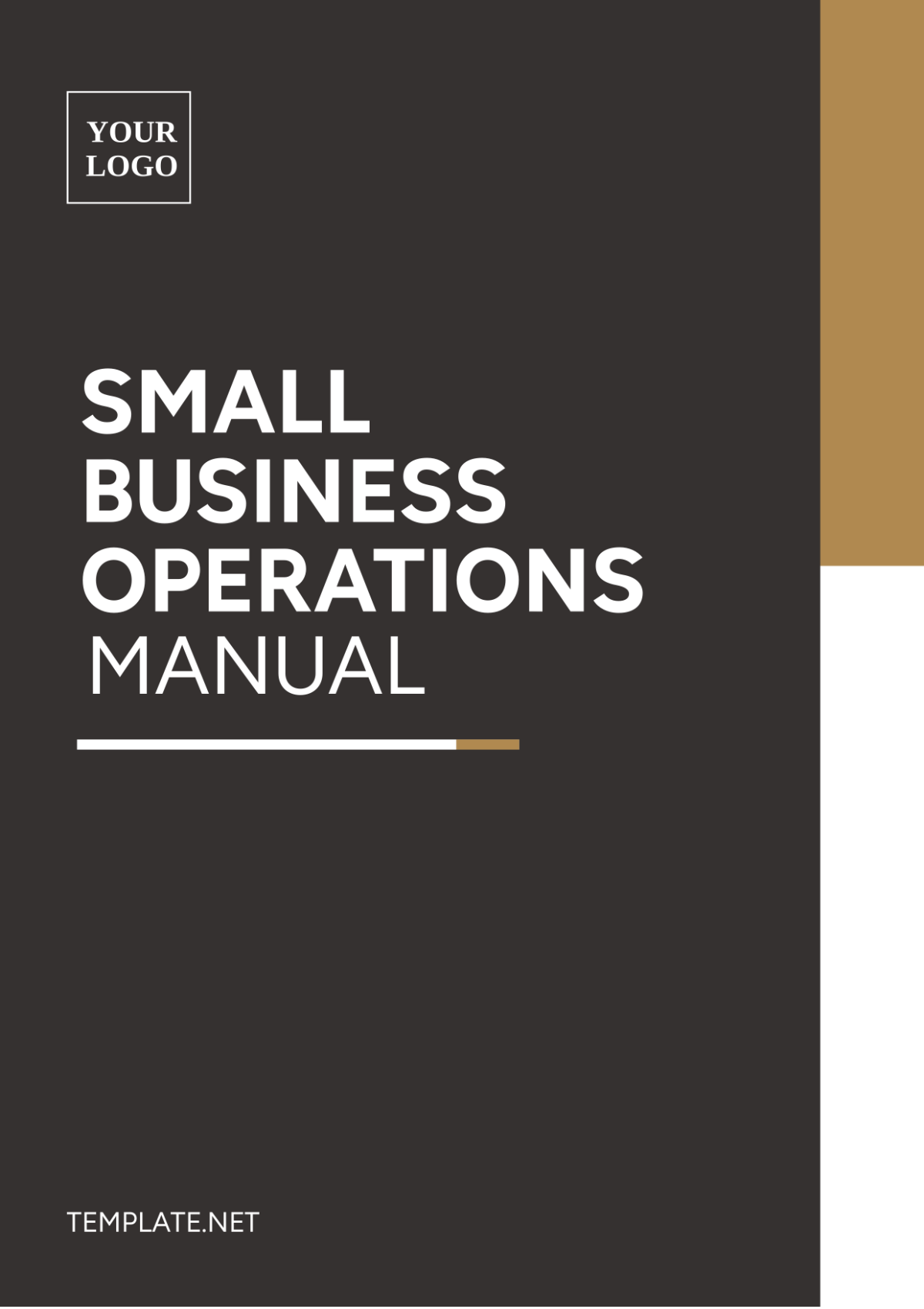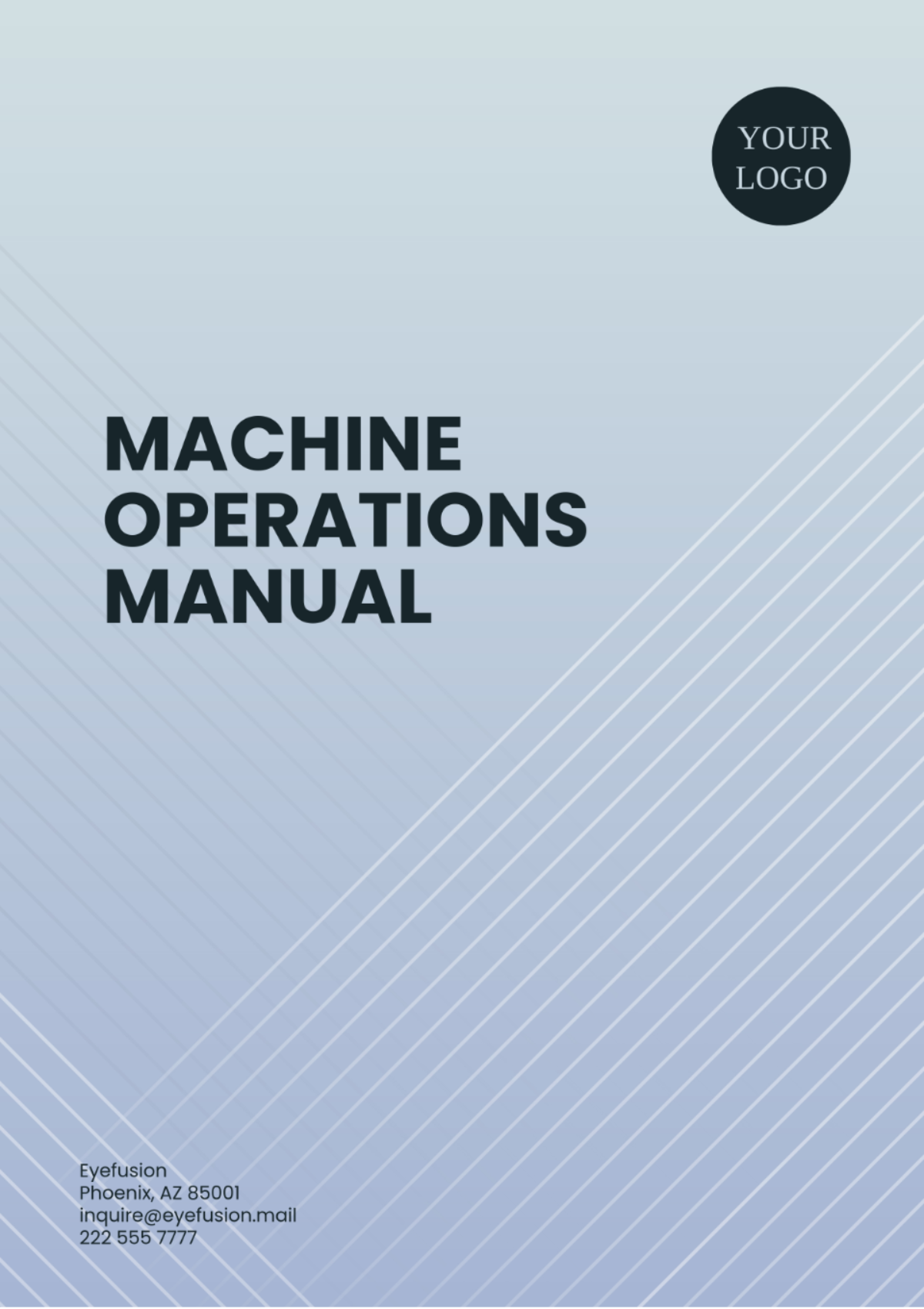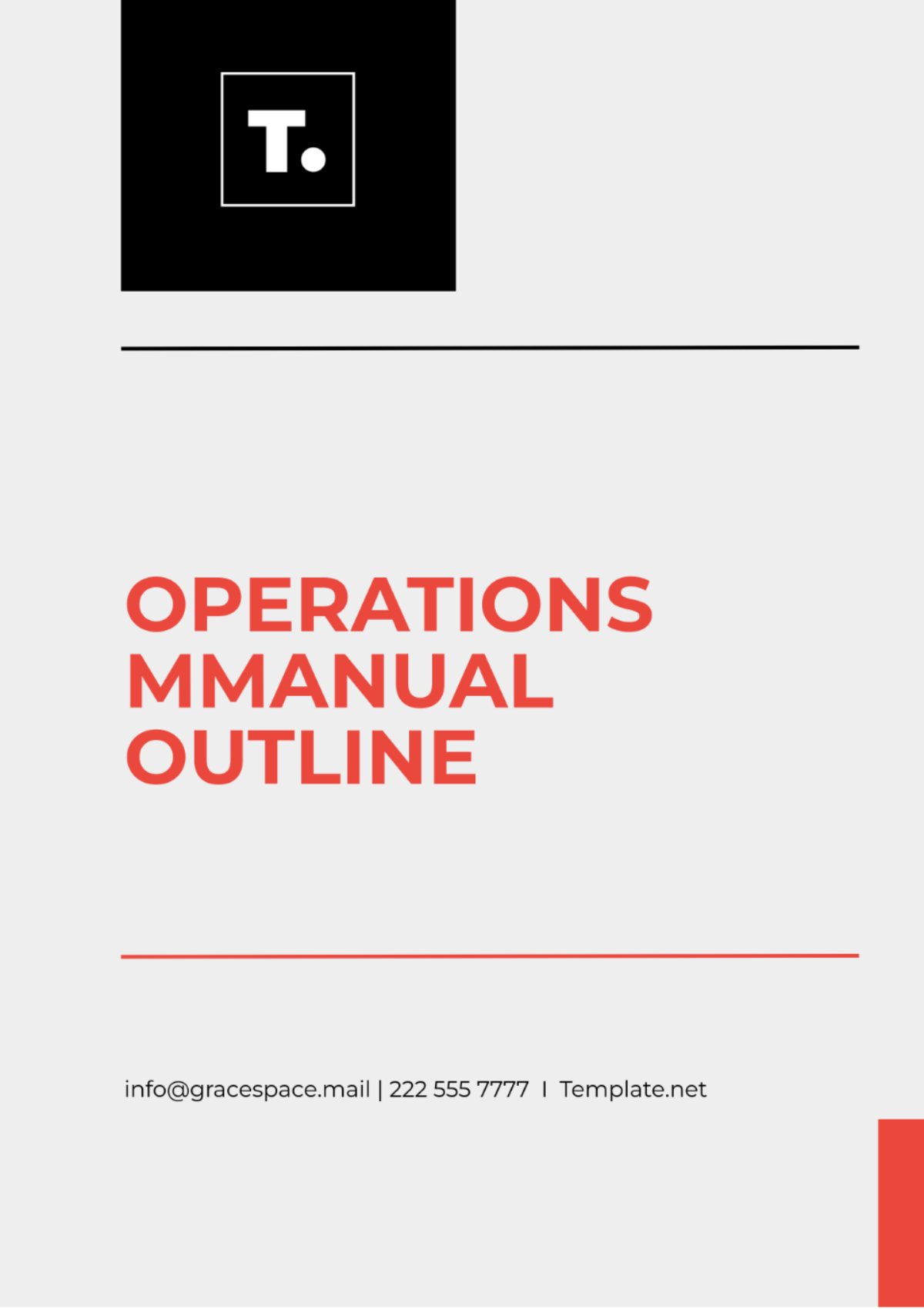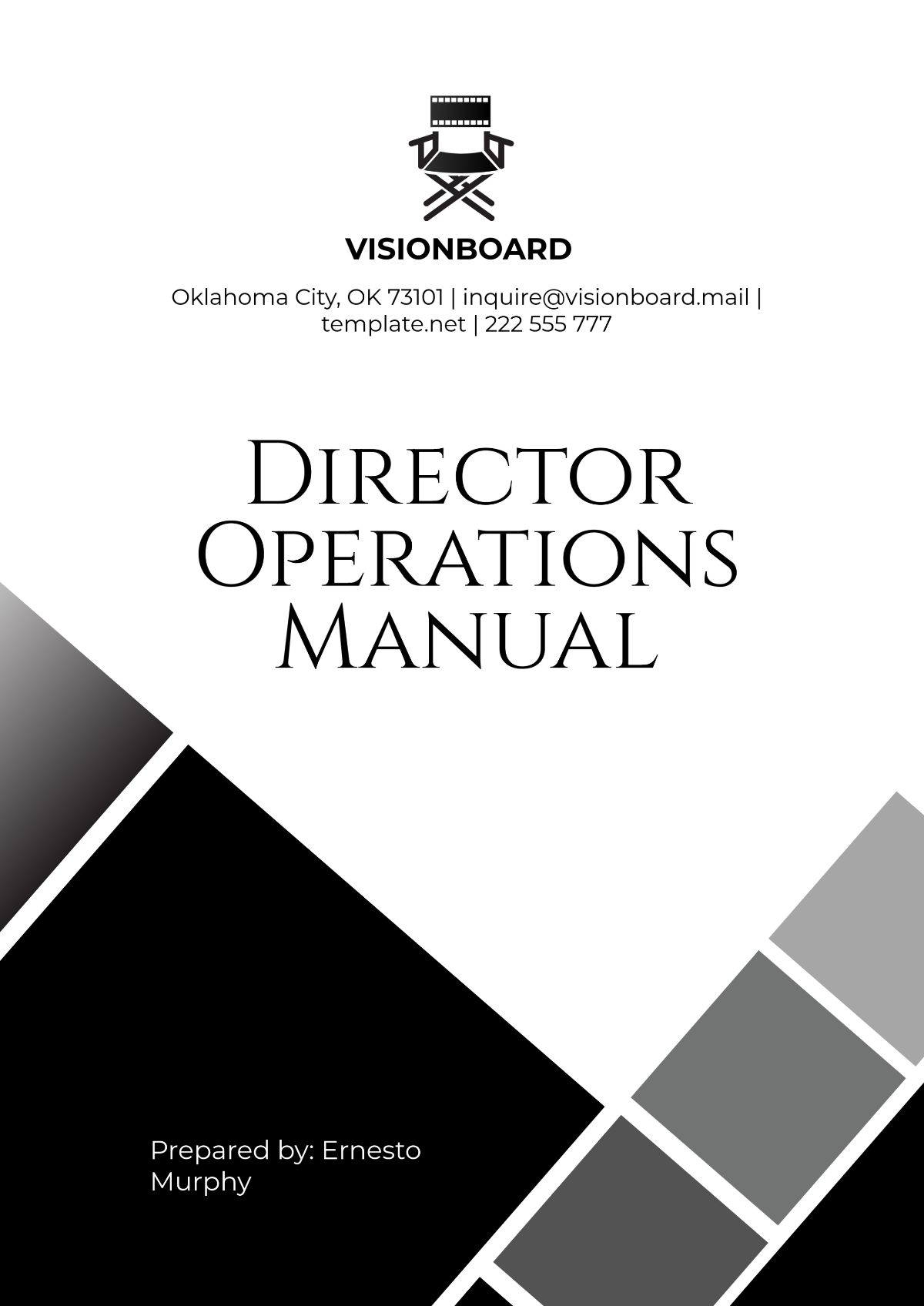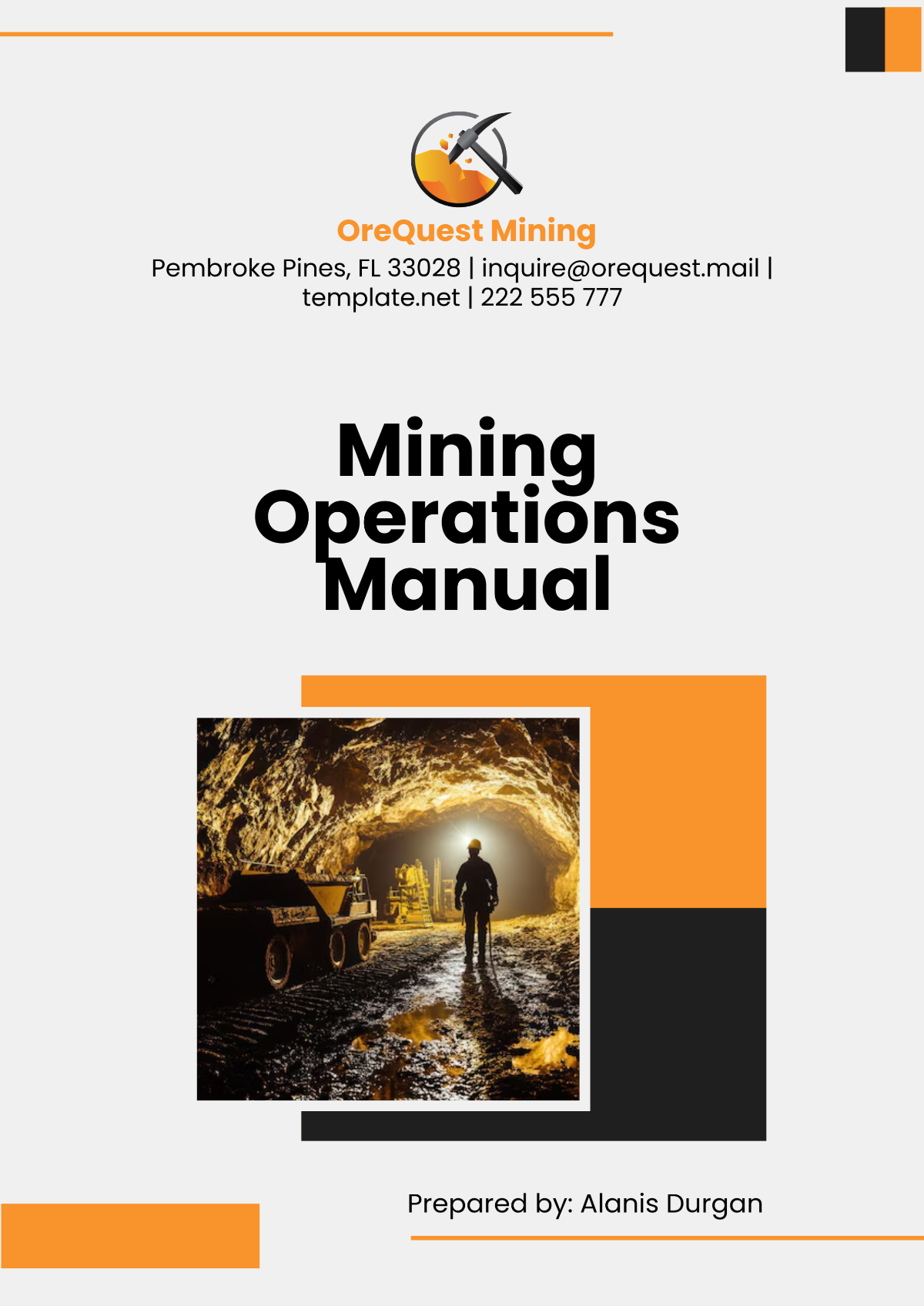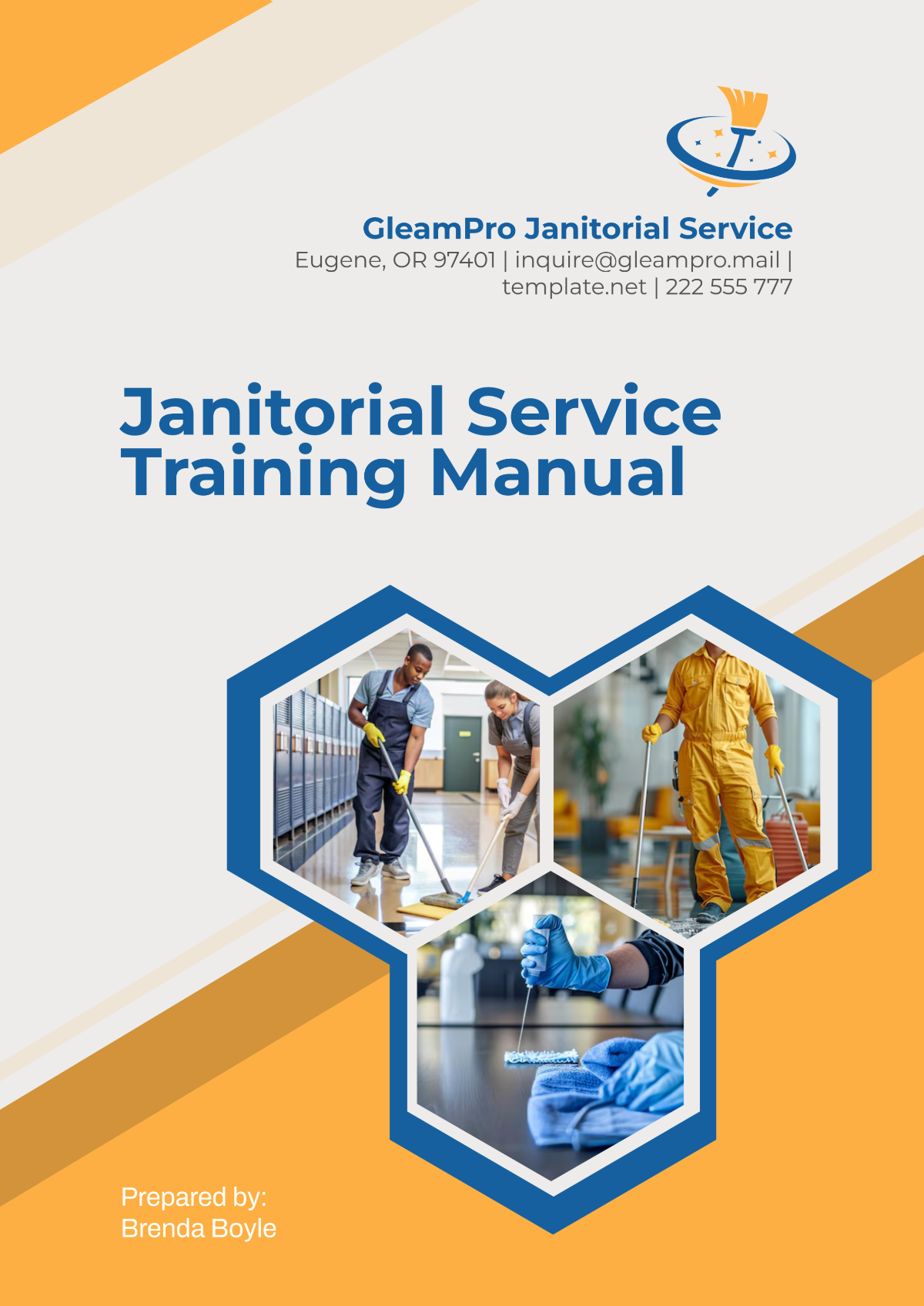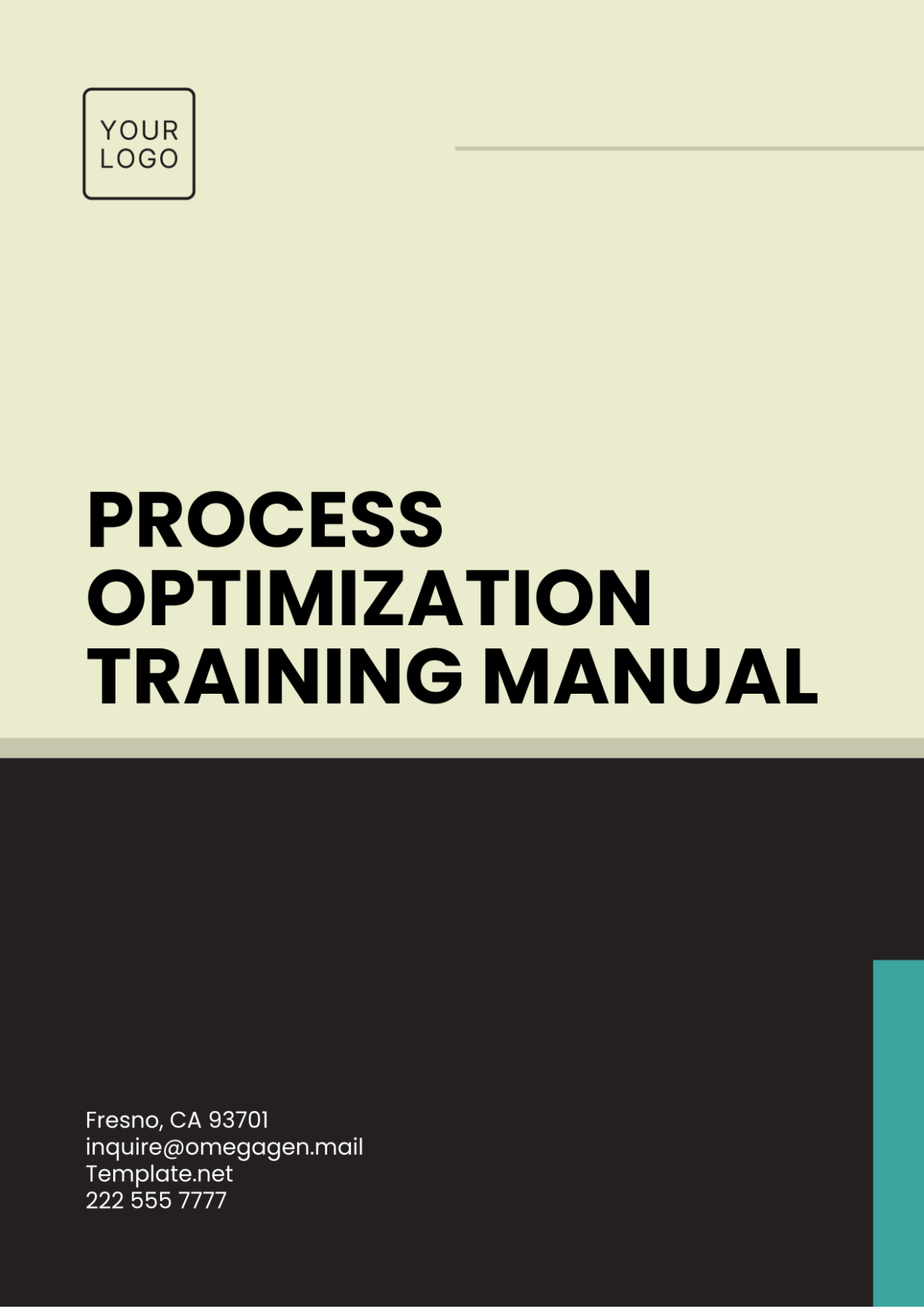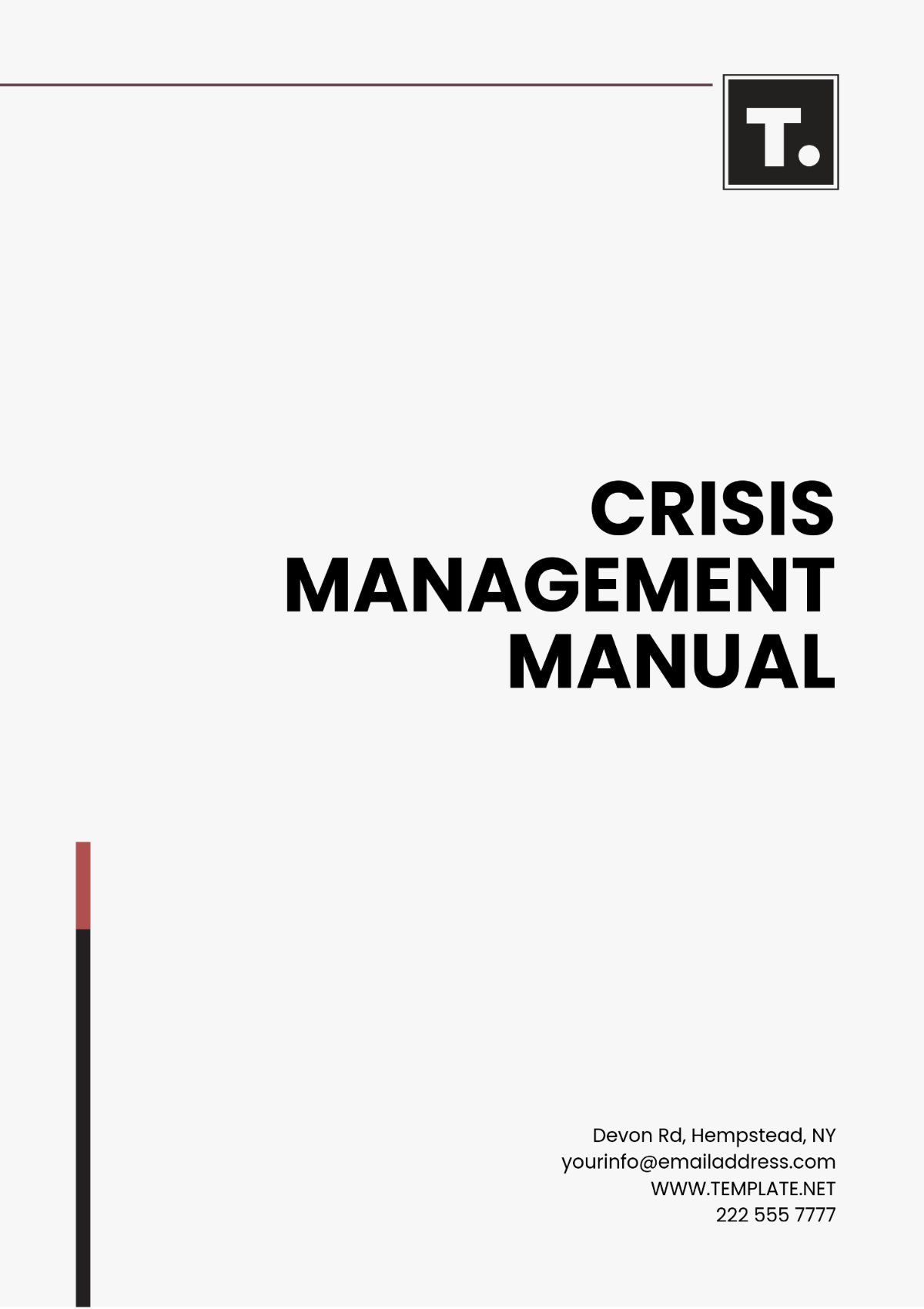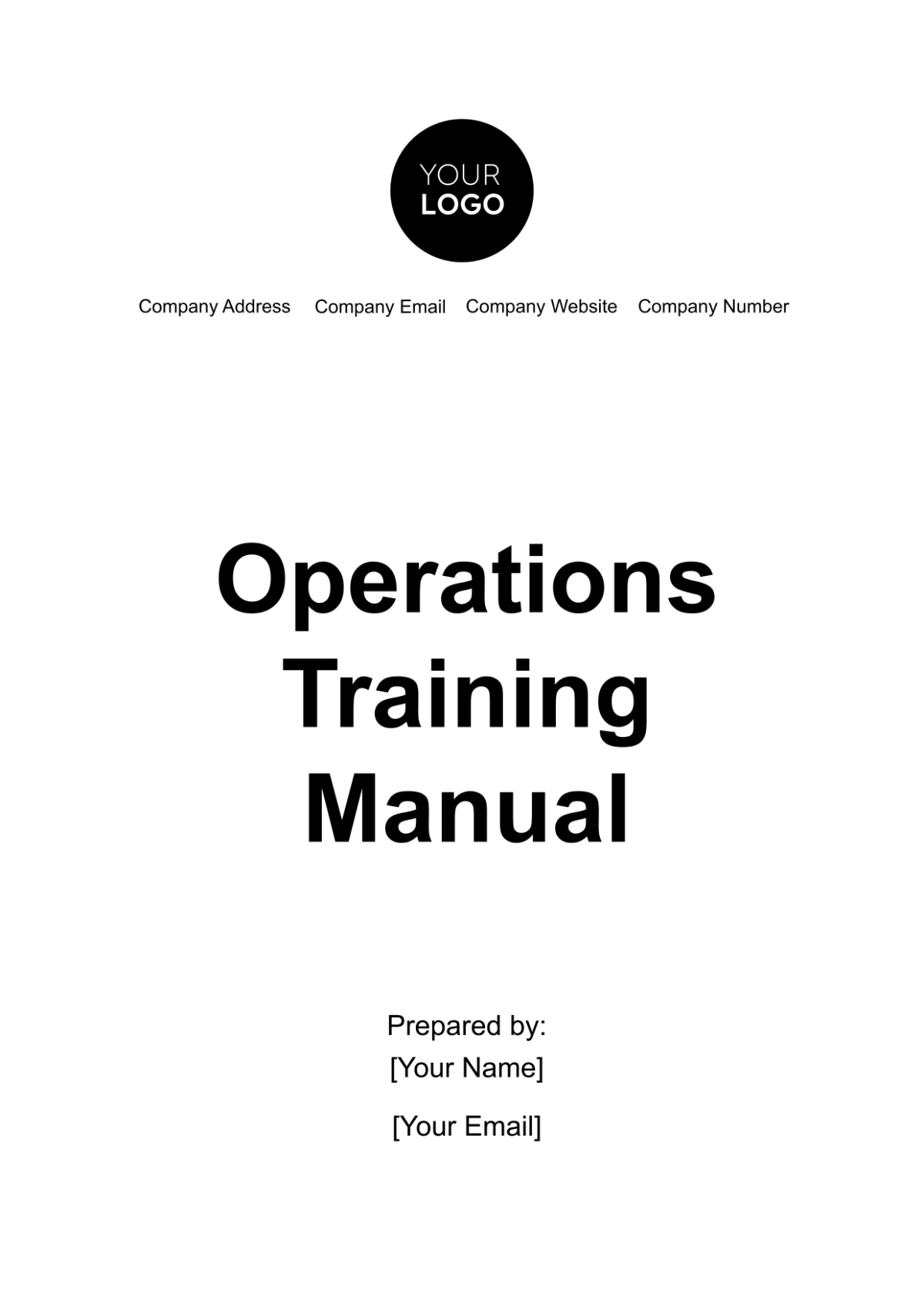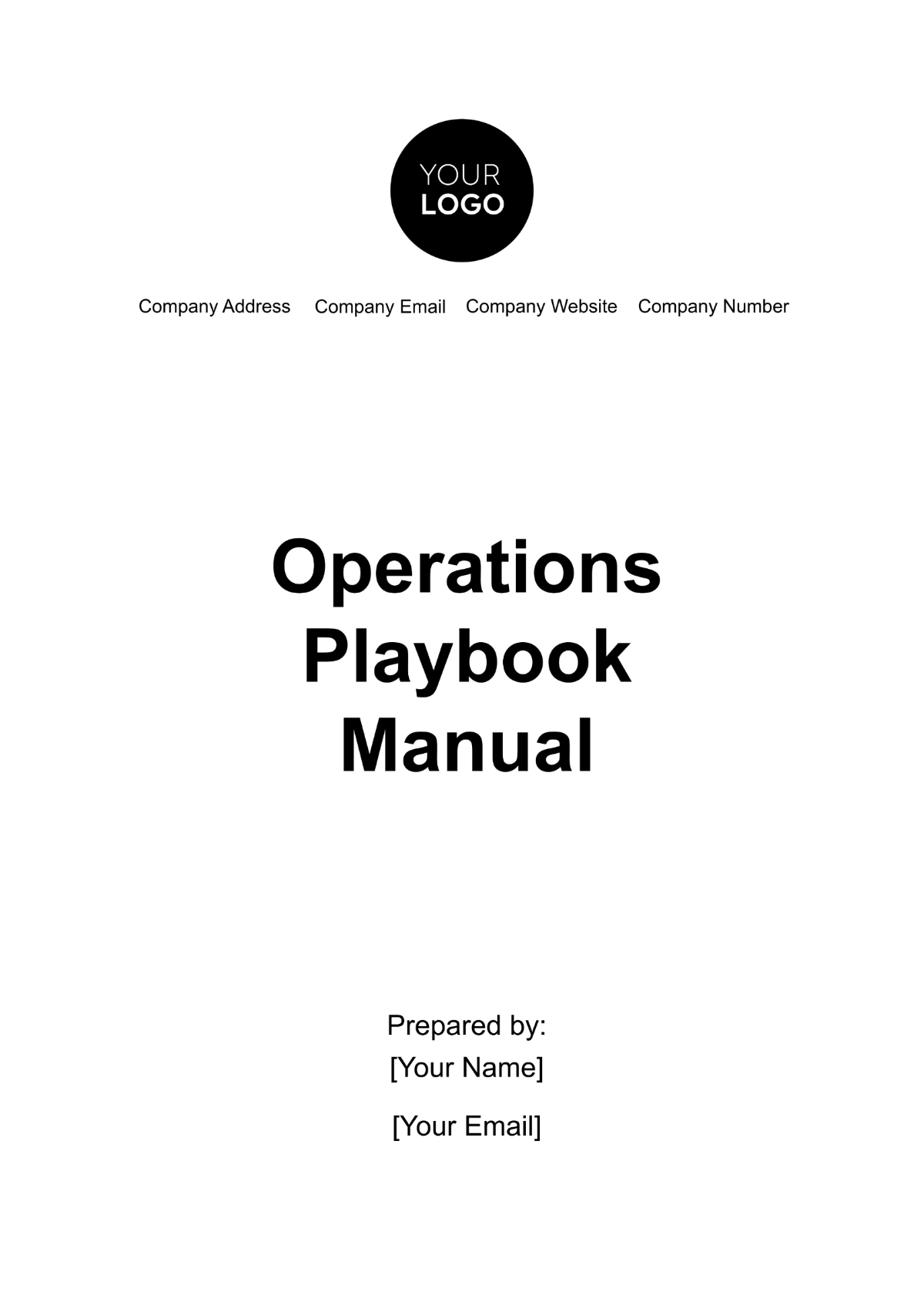Operations Business Continuity and Disaster Recovery Manual
1. Introduction
This manual outlines the comprehensive strategy of [Your Company Name] for ensuring business continuity and effective disaster recovery. In today's fast-paced and unpredictable business environment, the resilience of our operations is paramount. This document serves as a guide to maintaining operational integrity in the face of unforeseen disruptions, ensuring that our services remain uninterrupted and our stakeholders are minimally impacted.
2. Policy Statement
At [Your Company Name], our commitment to operational excellence is underscored by our dedication to a comprehensive Business Continuity Plan (BCP) and Disaster Recovery Plan (DRP). These plans are central to our strategy to protect and sustain the business operations, ensuring the welfare and interests of our clients, employees, and stakeholders are preserved even in the face of unforeseen disruptions.
Our policy is not just about adherence to regulatory requirements; it is a manifestation of our proactive approach to risk management. We recognize that disruptions, whether natural, technical, or human-made, can have significant impacts on our operations. Therefore, our BCP and DRP are designed to provide a structured, effective response to a wide range of incidents. This structured response aims to minimize operational downtime, ensure the integrity and security of critical data, maintain stakeholder confidence through transparent communication, and foster an environment of continuous improvement.
To achieve this, [Your Company Name] engages in thorough risk assessment and business impact analysis to identify potential vulnerabilities and critical business functions. This enables us to develop tailored strategies that address specific risks and ensure a swift recovery and restoration of business operations. Our plans are dynamic, evolving with the changing business landscape, emerging technologies, and new regulatory requirements, ensuring that we remain resilient and responsive to any challenge.
3. Objectives
Minimize Operational Downtime
The cornerstone of our BCP and DRP is to ensure the rapid restoration of critical business functions, minimizing the impact on operations and service delivery. We prioritize identifying key activities and processes that are essential to our business continuity, setting clear recovery time objectives (RTOs) that guide our recovery efforts. Our strategies include establishing alternate work arrangements, such as remote work capabilities, and ensuring that critical systems and networks have failover capacities to maintain operational continuity.
Data Protection
In an era where data is one of the most valuable assets, protecting our critical data against loss, theft, and corruption is paramount. [Your Company Name] implements robust data backup and encryption protocols, ensuring that all sensitive information is securely stored and can be quickly recovered in the event of a disruption. Our data protection measures are comprehensive, covering not only digital assets but also physical records, and are regularly tested to ensure their effectiveness.
Stakeholder Communication
Maintaining transparent and timely communication with all stakeholders during a disruption is vital to managing expectations and preserving trust. Our communication plan outlines clear protocols for informing employees, customers, suppliers, and regulatory bodies about the nature of the disruption, expected impacts, and the steps being taken to address the situation. This plan ensures that all communications are consistent, accurate, and delivered through the most effective channels to reach our stakeholders promptly.
Continuous Improvement
The dynamic nature of risks and threats necessitates a commitment to continuous improvement in our BCP and DRP. [Your Company Name] regularly reviews and updates our continuity and recovery plans to reflect new insights, lessons learned from past incidents, and changes in our business environment. This process of continuous improvement is embedded in our corporate culture, encouraging innovation and adaptability in our approach to business continuity and disaster recovery. By regularly conducting drills, simulations, and reviews, we not only test the effectiveness of our plans but also foster a company-wide awareness and understanding of our preparedness strategies, ensuring that every member of our organization is equipped to respond effectively in a crisis.
4. Risk Assessment
In the pursuit of maintaining operational resilience, [Your Company Name] undertakes a comprehensive Risk Assessment to identify, analyze, and prioritize risks that could potentially disrupt our business operations. This proactive approach enables us to understand the likelihood and impact of various threats, ranging from natural disasters to technology-related challenges, and to devise effective mitigation strategies accordingly.
The Risk Assessment process involves a thorough examination of our business environment, operations, and historical incident data to pinpoint vulnerabilities. By categorizing risks based on their probability and potential impact on our operations, we can allocate resources more efficiently and focus our efforts on the most critical areas. The following Risk Assessment Matrix provides a snapshot of the identified risks, their assessed likelihood and impact, and the strategic measures we have in place to mitigate these risks.
Table 1: Risk Assessment Matrix
Risk Category | Likelihood | Impact | Mitigation Strategies |
|---|---|---|---|
Natural Disasters | Medium | High | Offsite backups, remote work capabilities |
Cyber Attacks | High | High | Firewalls, anti-virus software, employee training |
Power Outages | High | Medium | Uninterruptible power supplies, backup generators |
Hardware Failure | Medium | Medium | Regular maintenance, redundant systems |
This matrix serves as a foundational tool in our risk management framework, guiding the development of our Business Continuity and Disaster Recovery strategies. By continually updating and refining our Risk Assessment, [Your Company Name] stays ahead of potential threats, ensuring our preparedness and resilience in the face of adversity.
5. Business Impact Analysis
The Business Impact Analysis (BIA) is a critical component of [Your Company Name]'s Business Continuity Planning, providing a detailed evaluation of the potential effects of various disruptions on our key business functions. The BIA helps us prioritize resources and recovery efforts by identifying which functions are most critical to our operations and determining their respective Recovery Time Objectives (RTOs) and Recovery Point Objectives (RPOs).
Through the BIA process, we assess the operational and financial impacts of disruptions, considering factors such as lost sales, increased expenses, regulatory fines, and the intangible costs of damaged customer relationships and reputation. This analysis is instrumental in setting recovery priorities and objectives, ensuring that we focus our efforts on restoring the most critical functions first to minimize the overall impact on our business.
Table 2: Critical Business Functions and Recovery Priorities
Business Function | Recovery Priority | Recovery Time Objective (RTO) | Recovery Point Objective (RPO) |
|---|---|---|---|
Customer Support | High | 2 hours | 30 minutes |
Data Servers | High | 4 hours | 1 hour |
E-commerce Platform | Medium | 8 hours | 2 hours |
Internal Communications | Low | 12 hours | 4 hours |
This table outlines the recovery priorities for our critical business functions, guiding our response efforts in the event of a disruption. By understanding the relative importance and required recovery times of these functions, [Your Company Name] can allocate resources effectively, ensuring a swift and efficient return to normal operations.
6. Recovery Strategies
To ensure the resilience and rapid recovery of [Your Company Name]'s operations in the face of disruptions, we have developed a comprehensive set of recovery strategies. These strategies are designed to restore critical business functions, protect data integrity, and maintain communication channels, thus minimizing the impact on our operations and stakeholders.
Data Redundancy
Understanding the critical nature of our data, [Your Company Name] implements advanced data redundancy measures. We employ cloud-based and offsite data storage solutions to create multiple copies of our critical data. This approach not only ensures data integrity and availability but also facilitates rapid recovery in the event of data loss or corruption. Our data redundancy strategy is complemented by regular backups and rigorous testing to ensure that our data recovery processes are always effective and efficient.
Remote Work Arrangements
[Your Company Name] recognizes the importance of maintaining operational continuity under all circumstances. To this end, we have established remote work arrangements that enable our staff to continue their work from alternative locations, ensuring that business operations remain uninterrupted during physical office disruptions. This strategy involves providing employees with secure access to necessary systems and tools, comprehensive training on remote work protocols, and regular drills to ensure all team members are prepared for remote work scenarios.
Alternative Communication Channels
Effective communication is vital for the coordination of recovery efforts and for keeping stakeholders informed during disruptions. [Your Company Name] utilizes a variety of communication platforms, including email, instant messaging, video conferencing, and social media, to maintain robust internal and external communication lines. This multi-channel approach ensures that we can always reach our employees, clients, and partners, even if our primary communication systems are compromised.
7. Emergency Response Team
The effectiveness of our Business Continuity and Disaster Recovery plans relies heavily on the swift and coordinated actions of our Emergency Response Team (ERT). This team is composed of key personnel from various departments, each with specific roles and responsibilities in the event of a disruption.
The ERT is at the forefront of [Your Company Name]'s response efforts during a crisis. This team is tasked with executing the BCP and DRP, making critical decisions, and ensuring that recovery efforts are aligned with our strategic objectives. The ERT's composition reflects a cross-functional approach, ensuring that all aspects of our business are represented and that we have the necessary expertise to address a wide range of incidents.
Table 3: Emergency Response Team Structure
Role | Responsibilities | Name/Position |
|---|---|---|
Team Leader | Leads the ERT, oversees the overall coordination of BCP and DRP, and serves as the primary decision-maker during a crisis. | [Name] |
Communications Officer | Manages all internal and external communications, ensuring that accurate and timely information is disseminated to all stakeholders. | [Name] |
IT Lead | Responsible for managing IT infrastructure, overseeing data recovery efforts, and ensuring the continued functionality of critical systems. | [Name] |
HR Lead | Focuses on employee welfare, facilitating communication within the team, and coordinating support services for staff affected by the disruption. | [Name] |
Each member of the ERT undergoes regular training and participates in drills to ensure they are fully prepared to perform their duties effectively under crisis conditions. This proactive approach ensures that [Your Company Name] can respond swiftly and efficiently to any disruption, minimizing its impact and facilitating a rapid return to normal operations.
8. Communication Plan
The communication plan will include protocol for informing stakeholders about the disruption and ongoing recovery efforts. Templates for internal and external communications are available on file, ensuring clarity and consistency in messaging.
9. Training and Testing
Regular training sessions will be conducted to familiarize the team with their roles and responsibilities within the BCP and DRP. Annual drills will simulate various scenarios to test the effectiveness of the plans and identify areas for improvement.
10. Plan Maintenance and Review
The BCP and DRP will be reviewed bi-annually or following any significant operational changes or incidents. This ensures the plans remain relevant and effective in addressing current and emerging risks.
11. Appendices
A. Contact Lists
Comprehensive contact lists for all key personnel, emergency services, and critical vendors.
B. Inventory of Key Assets
Detailed inventory of critical hardware, software, and other resources essential for business operations.
C. Recovery Site Information
Information and access protocols for designated recovery sites, including remote work platforms and alternative office locations.
D. Checklist for Emergency Procedures
Step-by-step checklists for initial response actions for various disaster scenarios, ensuring a swift and organized reaction to incidents.

